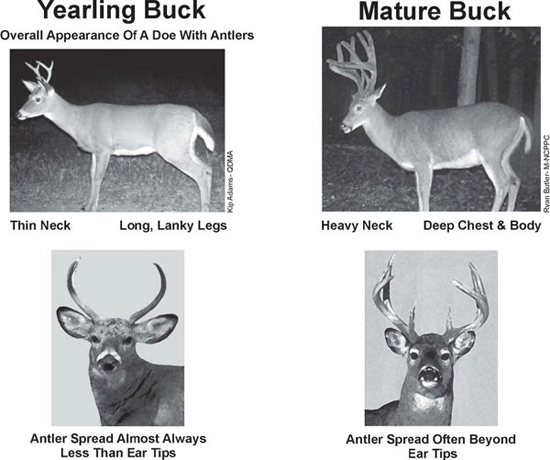A Concept Worth Considering
Each hunter goes to the woods with individual goals and
expectations. Some are looking for a buck of a lifetime, meat
for the freezer, or simply a day in the woods appreciating the
wildlife within. Many are hoping for all of those things. The
positive outcome of each of these goals requires the same common
thread – a healthy deer herd balanced with good habitat.
In an effort to improve the quality of the deer
herd they pursue, many hunters are voluntarily adopting a
strategy called Quality Deer Management (QDM). QDM is a
philosophy and management practice designed to help create a
healthy deer herd that is allowed to develop toward its natural
potential. The strategy involves harvesting an adequate number
of antlerless deer and practicing the selective harvest of bucks
in a manner that allows young bucks (yearlings) to reach
maturity.
The ultimate goal of QDM is better deer and
better habitat. Reducing the number of antlerless deer helps to
improve the sex ratio within the herd and lessen impacts upon
the habitat. Poor habitat is bad for all wildlife, including
deer. Allowing yearling bucks to mature results in older bucks
the following season, proper age structure within the deer herd,
and a more-defined rut.

QDM is not trophy management. Trophy management
concentrates solely upon growing big bucks with large,
well-scoring antlers. QDM, rather, focuses on maintaining good
habitat and achieving overall herd health with a natural
representation of mature bucks.
There are many facets of QDM, but a good
starting point is to practice selectivity, allowing yearling
bucks to grow another year and taking antlerless deer as defined
by the bag limit. In doing so, hunters stand a good chance of
seeing more mature animals on the landscape the following season
and, perhaps, harvesting one as well.
So as you prepare to head afield this hunting
season, think about the type of deer herd you’d like to pursue
in the future. Perhaps you may choose to pass on that yearling
buck like the one pictured below. The decisions you make this
season will help to craft Maryland’s deer herd for many seasons
to come.